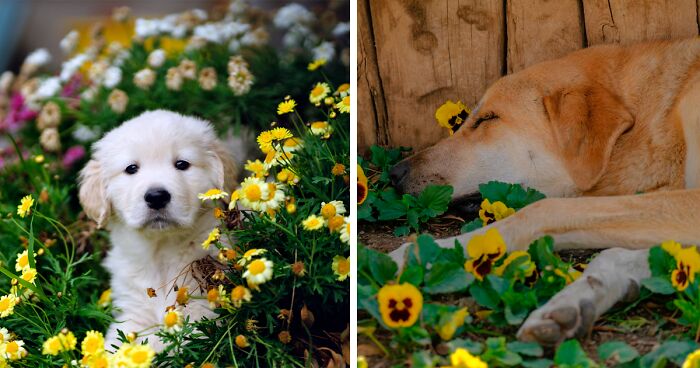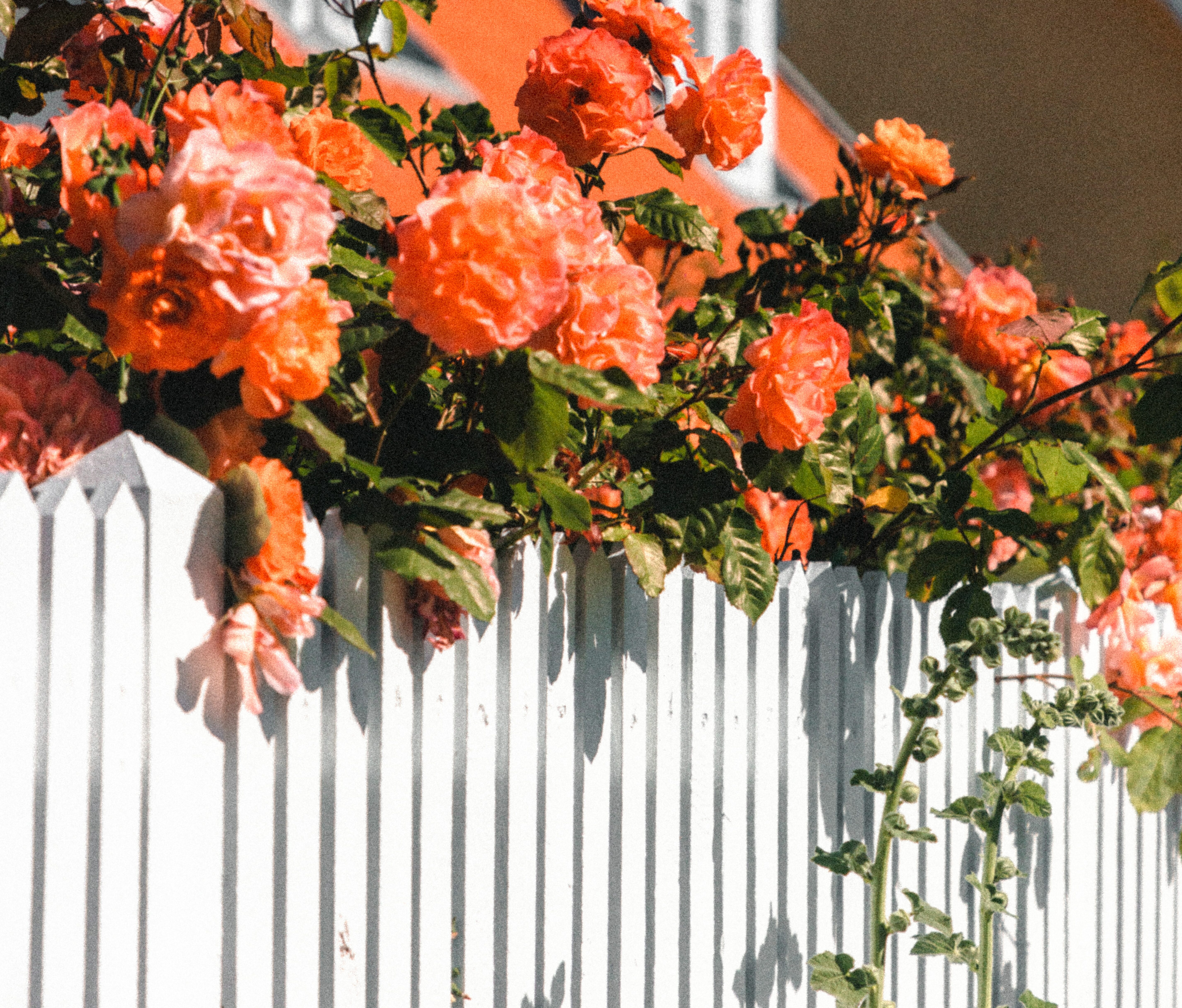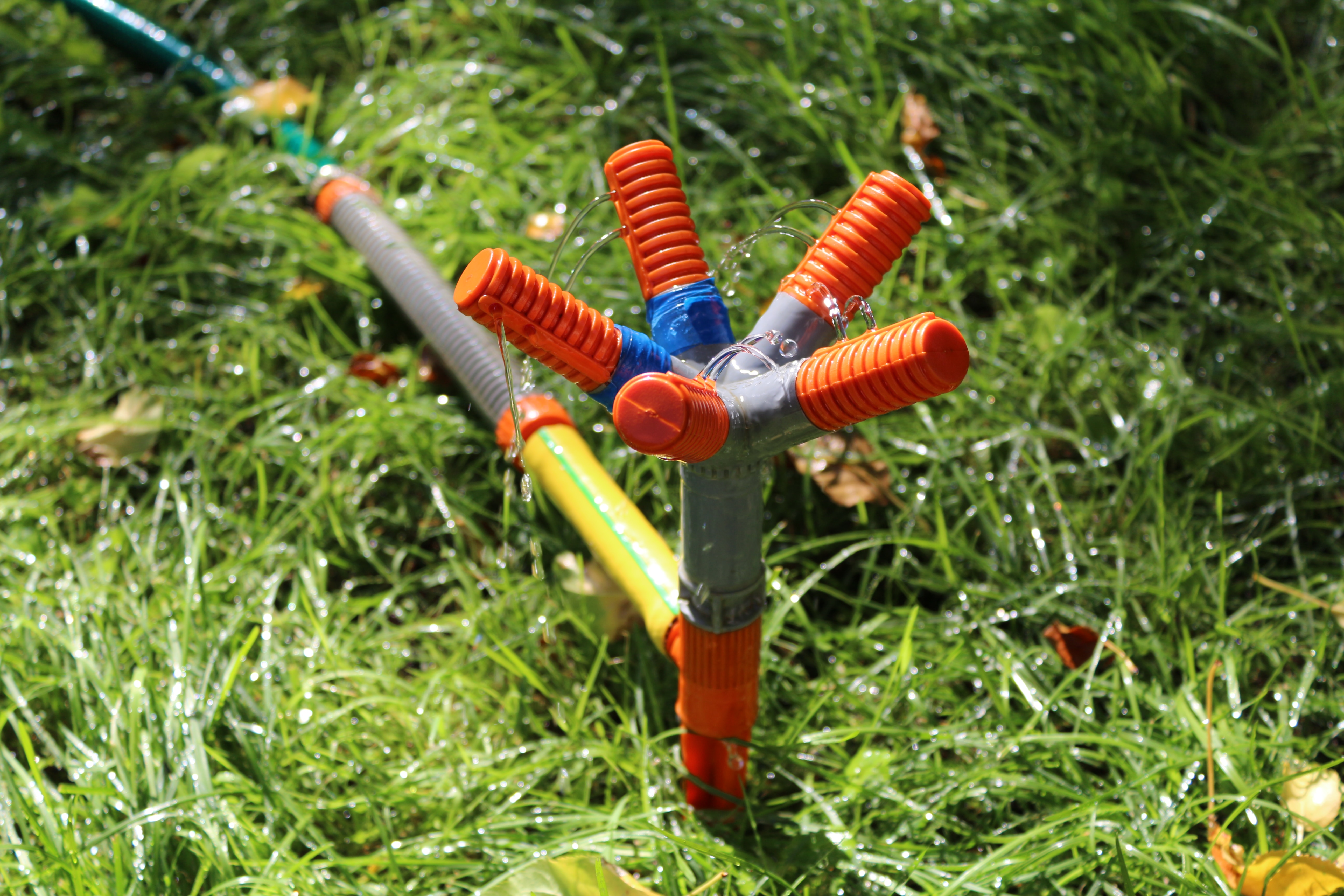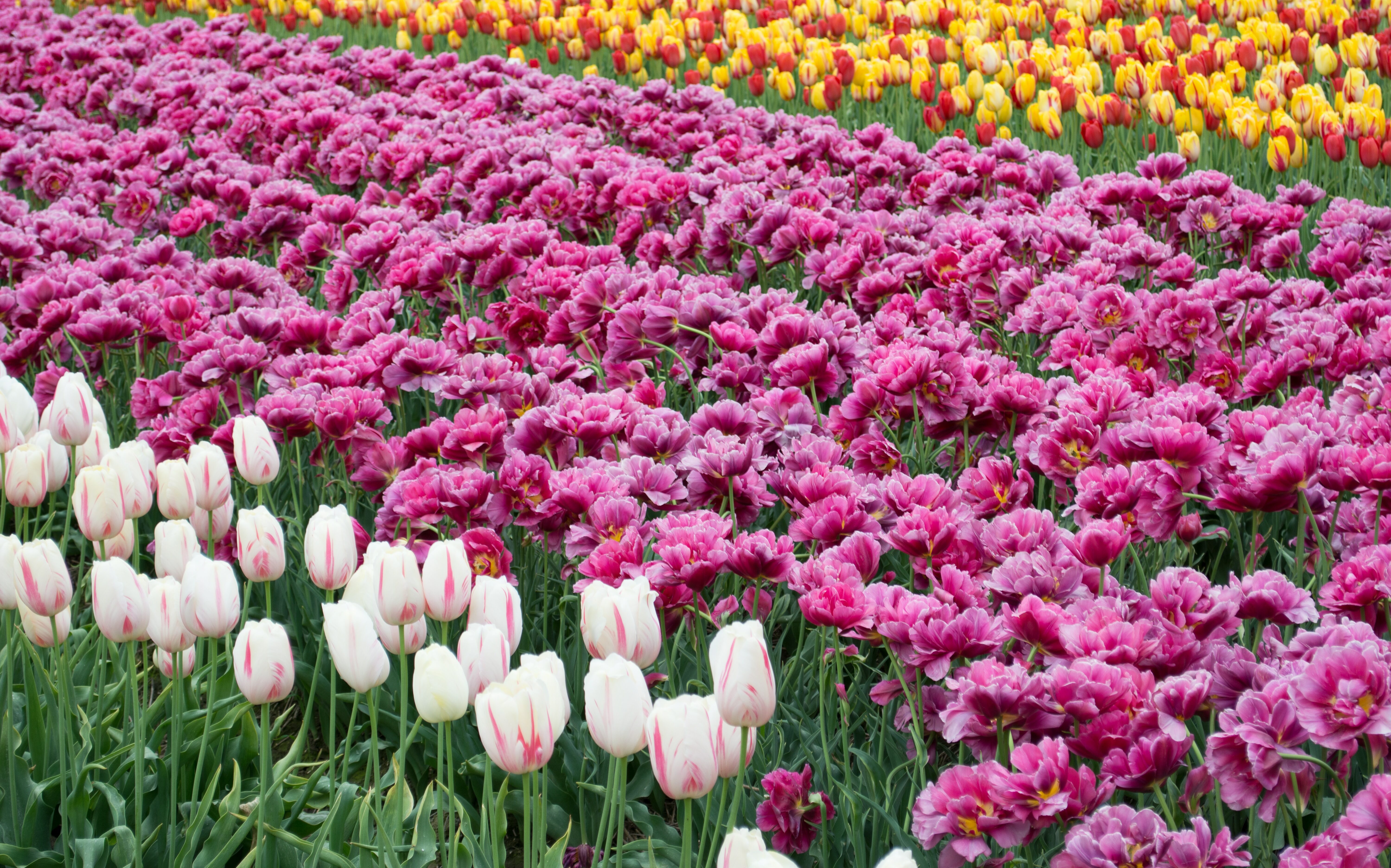Our gardens are special places that both us and our dogs love to enjoy. Sometimes though, our dogs can enjoy the garden in ways or areas that can be a little complicated for us!
A flower garden or flower bed can be a particularly appealing place for your dog to play and explore. However, sadly it can be pretty frustrating for us humans to see beautiful flowers being trampled on or destroyed.
- Supervise dogs to prevent flower bed damage.
- Install a fence as a physical, aesthetic barrier.
- Provide toys to distract dogs from flower beds.
- Elevate flower beds to limit dog access.
Let’s take a look at a few of the best ways to keep our gardeners, flowers, and dogs happy!
The information provided herein is for informational purposes only. Please refer to our disclaimer for more details..
Supervise them in your garden
It may seem obvious, but one of the best methods to keep your dog out of flower beds is the keep a close eye on them whilst they are in the garden. If you go outside with your dog and see that they are going near the flower beds, you can try a few things such as:
- Calling them
- Distracting them with a toy
Whilst you’re supervising them, if you catch the behavior early enough, you can even start to train them. If you train them from day one, it’s likely to be far more effective, than if you introduce the rule later on.
For example, if your flower beds are ground up already, and your dog has a taste for how fun it is, it’s far harder to get them to stop doing it in the future. If you want to protect your flowers, then it’s a good idea to supervise your dog when they’re sniffing around the garden.
Build a fence or physical barrier
Image credits: Jakob Søby.
Another option to keep your dog out of your flower beds is to build a fence or a physical barrier that they aren’t able to cross. However, the success of this option depends on a few factors such as your dog’s size, age, and character.
This might not sound like one of the most aesthetic options, however, there are a range of fences and barrier plants that even your gardener will approve of. For example, delicate white fences can be aesthetically pleasing and a great way to keep your flowers safe.
It’s important to make sure that the barrier is high enough so that your pet can’t jump over it and also that it’s not made of material that could harm your dog in any way.
Building a fence or physical barrier is more effective for smaller, older, or less active dog types. Another downside is that it is a more expensive option compared to some other other methods.
If you want to prevent dogs from entering your yard who don’t belong to you, then this is probably the best option.
Use a repellent or deterrent
Image credits: Vanessa Doof.
If it’s not possible for you to physically stop your dog, or supervise them, another thing you can try is a repellent or detergent.
We’ve listed some examples of things you can use to deter your dog from going into flowerbeds below:
- Automatic sprinkler systems – these can be activated by movement, so if your dog comes close to the flowers, they will be sprayed. This option is only likely to be effective if your dog hates water though!
- Cayenne pepper – since our dog’s nose is particularly sensitive, some pet parents sprinkle pepper around the flower to help put pets off.
- Low-concentration ammonia solution – this can be sprayed modestly on the soil around the flowers to help deter your dog from coming too close
- Special vinegar – a weak solution can help deter your pet.
When it comes to using ammonia and vinegar, it’s best to pay attention to the concentration to make sure your aren’t at risk of damaging the soil or your plants.
Whilst we’re on the topic of plants, we’d like to mention that there are some plants that are toxic for dogs and should be avoided at all costs. You can read more about them in this article.
Using a repellent or deterrent is a complicated choice, and if possible we’d recommend that you try one of the other methods first.
However using repellents or deterrents can be better for even the tightest of budgets compared to things such as fences or raising flowerbeds.
Keep your dog interested elsewhere
Some, but not all, dogs will turn to flower beds if they aren’t finding enough enrichment or play elsewhere. By providing plenty of toys, and a nice play area for your dog, you’ll help to distract them and keep your flowers safe.
That being said, some dogs will take a particular liking to your flowers, no matter how many other toys are available! Sadly, that’s just bad luck, and we recommend you try one of the other options.
Many dogs naturally enjoy digging and it, like playing provides them with stimulation and enrichment. It’s always a good idea that your dog has access to a particular spot in the garden for performing this behavior.
If your dog has a special area in the garden, perfectly created for them, they are far less likely to take notice of your beautiful flowerbeds.
Raising the flower beds
Image credits: Vanessa Bucceri.
Raising the flower beds can prevent your dog from having access to your flowerbeds.
This option is a little bit more on the complicated side, as it will require more effort and cost, than some of the other methods we’ve described. Additionally, if you have a large or a giant breed dog, this option is likely less feasible.
Raised beds can be a great option for small or toy-sized dog breeds. However, if you have several dogs visiting your garden who are all different sizes, then this option is unlikely to be the best one.
FAQs about how to keep dogs out of flower beds
Let’s now go through some of the most commonly asked questions about ways to keep dogs away from your flower bed.
What can I put in my flower beds to keep dogs away?
To help your dog stay away from your flower bed, you can use:
- Automatic sprinkler systems
- Cayenne pepper
- Low-concentration ammonia solution
- Special vinegar
Additionally, you can also try raised garden beds or put a fence around them. It could be a good idea to visit your local garden center to see if they have any plants which could be a dog deterrent.
What smells do dogs hate that are safe for plants?
As we mentioned earlier, there are a few smells that dogs don’t like and that are safe for your plant such as:
- Cayenne pepper
- Low-concentration ammonia solution
- Special vinegar
It’s best to use these methods with caution. If you notice that it’s causing your dog’s eyes or water or any other symptoms in your pet. It’s best to remove them and try a different method. A dog’s nose is many more times sensitive than our own.
What is the best homemade dog repellent?
It’s difficult to answer as to what is the best homemade dog repellent as all dogs will tolerate different repellents in their own ways. The best thing is to try a few and see which works best for you and your pet.
If you’re cautious about using a dog repellent, we’d recommend you try other methods such as building a fence or raising your flower beds first.
Conclusion
We hope you’ve enjoyed reading this article and it’s given you insight into how to discourage dogs from going into your flowerbeds.
140views
Share on FacebookExplore more of these tags
He had his men fall back and dig in. While ontop of the tank he was calling for https://vidmate.bet/ IDF dangerclose pretty much right on top of himself.
He had his men fall back and dig in. While ontop of the tank he was calling for https://vidmate.bet/ IDF dangerclose pretty much right on top of himself.

 Dark Mode
Dark Mode 

 No fees, cancel anytime
No fees, cancel anytime 





















































11
3